Found 16 right hands that were severed, buried in the ancient palace
A group of archaeologists from the Austrian Institute of Archeology and the Austrian Academy of Sciences found that the bones of 16 hands must be buried under an ancient palace in Egypt.
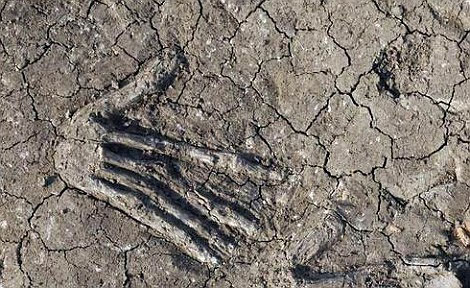
All 16 hands are right-handed and date to about 3,600 years under the reign of Hyksos.
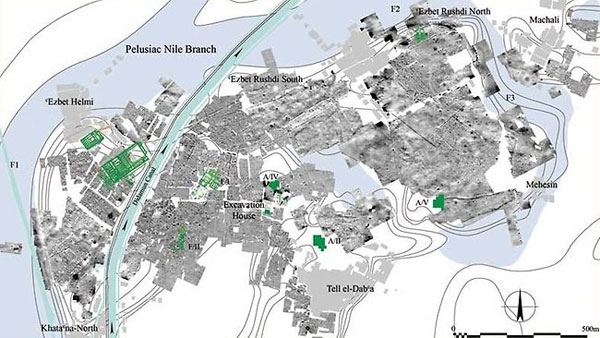
Map Excavation area of the Nile Delta, northeast of Cairo. 3,600 years ago, the Hyksos dynasty known as the "foreign domination dynasty" originated from northern Canaan, invaded and ruled a part of ancient Egypt.They built the capital in the city of Avaris - the area now called Tell el-Daba.
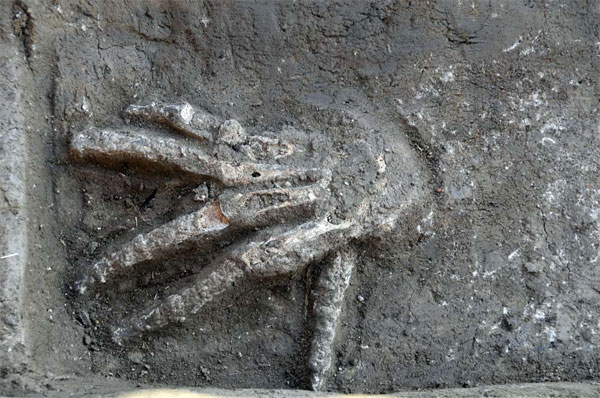
2 holes per hole contain an arm discovered in front of the palace - the area is considered the king's residence, and the other 14 arms are buried outside the palace.These hands may have been buried for ritual service reasons, such as offerings to the gods.
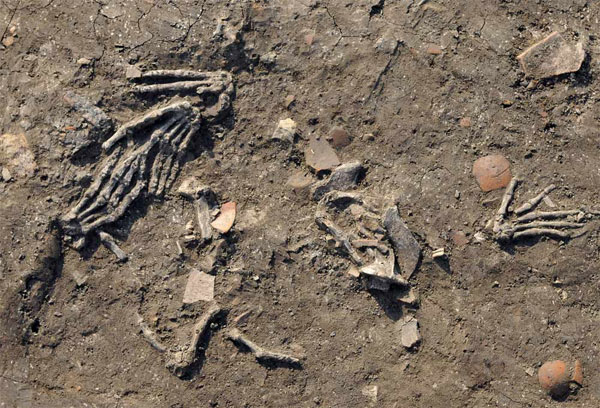
All hands are very big.During the Hyksos dynasty, during the war, people often cut off their right arm from enemy troops after being killed and then presented to the king or official representative in exchange for "gold".
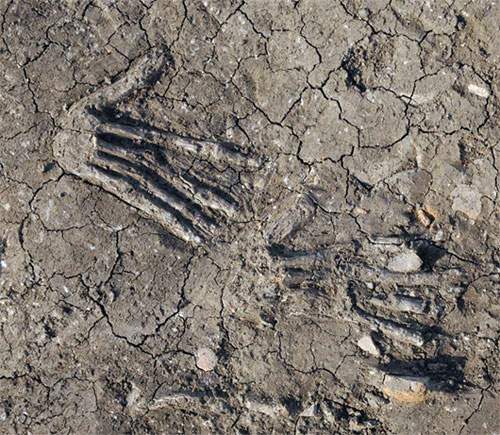
Cutting the enemy's right hand also has a symbolic and religious purpose: it eliminates the power of a warrior and makes the person paralyzed, unable to hold weapons in the afterlife.

The discovery of 16 buried right hands has great value on archeology, this has been noted on the reliefs and tombs, but this is its first concrete proof that has been detect.

The cutting of the enemy's right hand is done for centuries.Four hundred years after Avaris's hand was buried, on a large bas-relief on the racks outside the tomb of Rameses III at Medinet Habu, depicts officials pouring out a handful of severed hands to count the deaths. in the Libyan war to report to King Rameses.

Below is a picture of a warrior fighting under Pharaoh Ahmose I, Amenhotep I, and Thutmose I with a full biography written on the tomb describing the custom of cutting down the right arm.This passage was written about 80 years ago when the above 16 hands were buried.He fought against Hyksos at the Battle of Avaris and for three years siege Sharuhen.Later, he fought against rebellious Mitanni in Mesopotamia and Nubia in the Nile valley.He once received a lot of gold from exchanging the enemies' right hands.

Until now, scientists have not been sure who initiated this barbaric custom.
- Why did Egyptian warriors cut the enemy's right hand?
- Properly handled when there is a disaster that causes a loss
- Discovered the ancient Maya prince tomb
- Explore the magnificent Royal Palace of Japan
- Discovered 600 ancient tombs dating back thousands of years
- The 3000-year-old palace suspects King Solomon
- Found the palace in the tomb of Qin Shihuang
- Why are Roman tombs buried with
- Uncover the mystery of childbirth in the old palace ban
- Rare photos of the 130-year-old Mandarin Palace are in danger of being knocked down in Saigon
- Admire the 10 most magnificent palaces in the world
- The first aid was the right way when the accident broke and broke
 Discovered an ancient centipede fossil 99 million years old
Discovered an ancient centipede fossil 99 million years old Discovered bat-like dinosaurs in China
Discovered bat-like dinosaurs in China Discovered a 200-year-old bronze cannon of the coast
Discovered a 200-year-old bronze cannon of the coast Discover 305 million-year-old spider fossils
Discover 305 million-year-old spider fossils